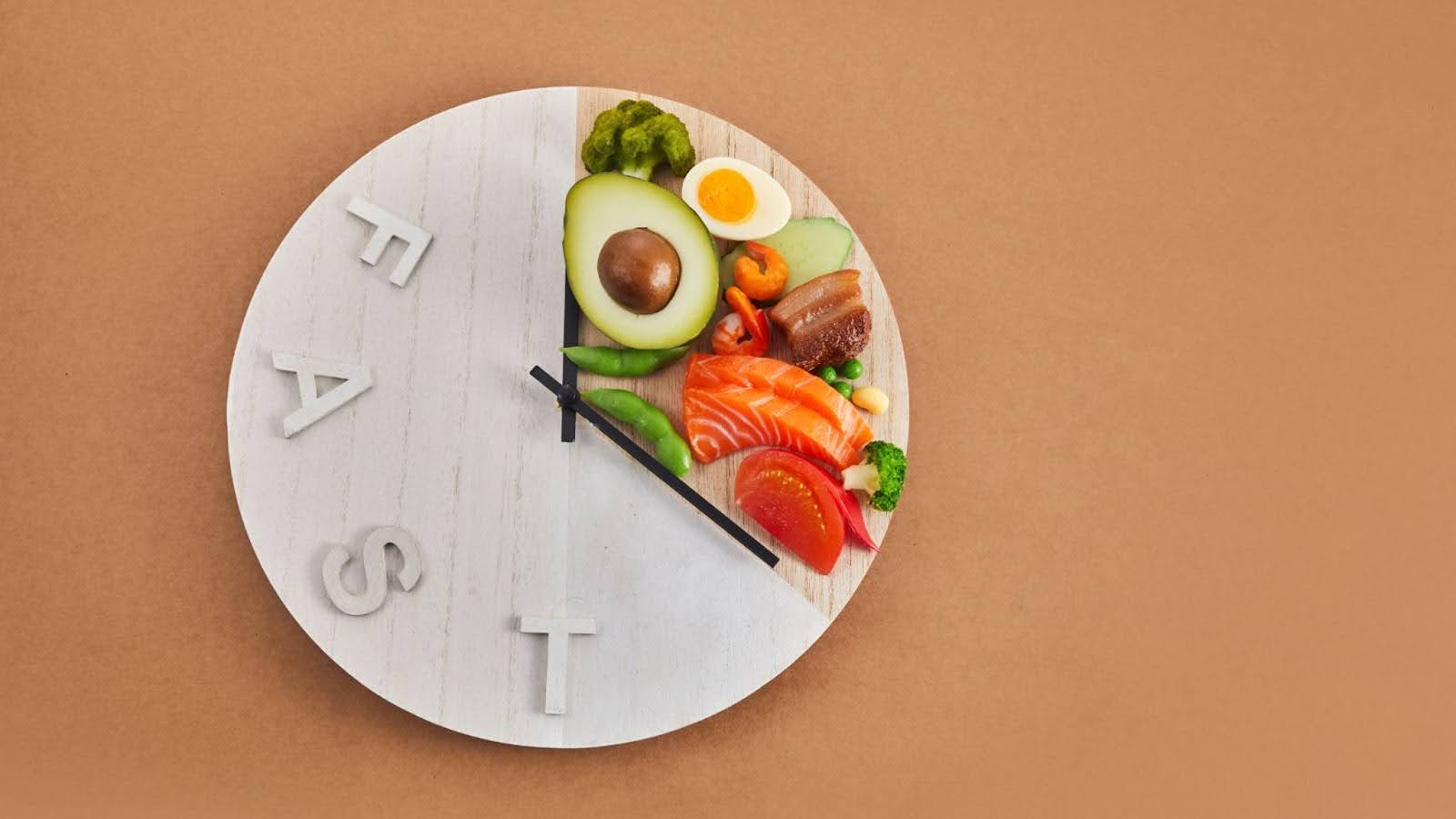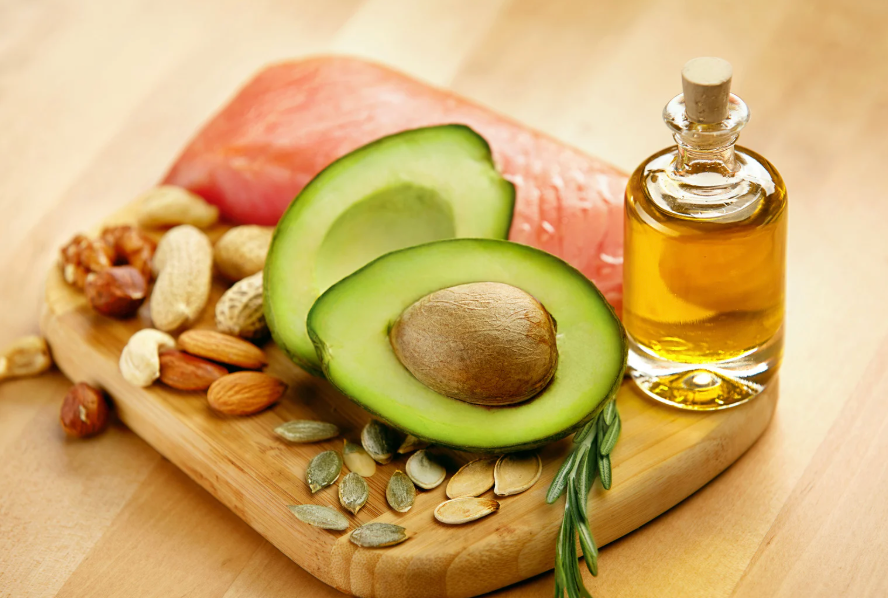Intermittent fasting (IF), once a buzzword championed by fitness influencers and biohackers, has outlived its fad status in 2025, entering a more mature, nuanced phase of the wellness conversation. However, with growing studies and changing lifestyle demands, the true question remains: is it still worth the hype?
The answer, it seems, depends on how—and why—you’re doing it.
Recent studies published in top nutrition and metabolic journals reveal that intermittent fasting can improve insulin sensitivity, support metabolic health, and promote cellular repair. But the benefits often vary depending on the fasting window, consistency, age, and lifestyle of the individual.
In March 2025, the Global Health & Nutrition Council issued a press release highlighting data from more than 18,000 participants in North America and Europe. It discovered that, while 16:8 and 14:10 fasting windows continue to have beneficial effects for energy and digestive management, extreme techniques such as 24-hour fasts or OMAD (one meal a day) have declined in popularity due to concerns about sustainability and nutritional gaps.
The overall trend? Intermittent fasting is transitioning from a “weight-loss hack” to a long-term wellness framework—one that many are now combining with mindful eating, balanced nutrition, and intuitive movement.
Gone are the days of rigid alarms signaling when you can break your fast. In 2025, people are customizing fasting schedules around their lives, not the other way around.
Remote workers often prefer 10 a.m.–6 p.m. eating windows that suit flexible work hours. Parents are choosing alternate-day fasting to align with family routines. Meanwhile, the wellness community is focusing less on strict caloric control and more on how food makes them feel—turning intermittent fasting into a self-awareness tool rather than a strict discipline.
Platforms like Simple Analytics have also played a role in this evolution. Unlike traditional trackers obsessed with calorie counts, minimalist health dashboards and wellness journaling tools are helping users log moods, energy levels, and sleep patterns—giving a more holistic picture of how fasting fits into their overall lifestyle.
Take Neha, a 34-year-old entrepreneur from Mumbai. She began intermittent fasting in 2022 to lose weight, but now utilizes it to control PCOS symptoms and enhance attention. “It’s less about skipping meals and more about respecting my body’s natural rhythm,” she says.
Meanwhile, a group of Gen Z wellness advocates in the UK are spearheading a campaign called Food, Not Fear—promoting flexible fasting combined with therapy-informed eating strategies. Their initiative recently got featured in a white label PR campaign for a mental health nutrition app that encourages balance over restriction.
That said, intermittent fasting isn’t for everyone. Dietitians warn that in some cases—especially among teens or those with a history of disordered eating—it can trigger anxiety or nutrient deficiencies. Others find that once the novelty wears off, so does the motivation, particularly if the primary goal was rapid weight loss.
2025 is seeing a rise in “mindful metabolism” movements, where people prioritize how they eat (slowly, intentionally, without multitasking) over when they eat. The focus is shifting to sustainable behavior rather than temporary wins.
So, is intermittent fasting still worth it?
Absolutely—but with caveats. The key is customization, awareness, and avoiding the all-or-nothing mindset. For many, it’s become one piece of a broader self-care routine that includes hydration, sleep, movement, and emotional well-being.And, as wellness platforms, research organizations, and digital health startups rely more on tools like press release campaigns and white label PR strategies to share credible, personalized insights, intermittent fasting is being reframed as a flexible, informed lifestyle choice rather than a miracle diet.









